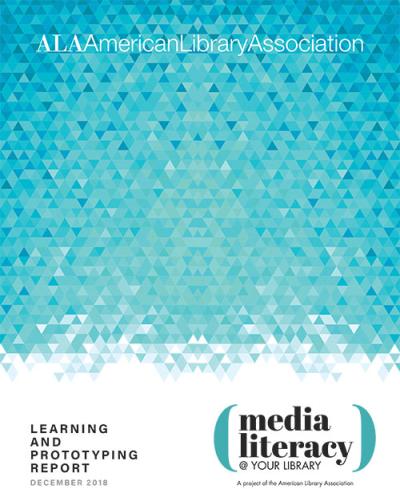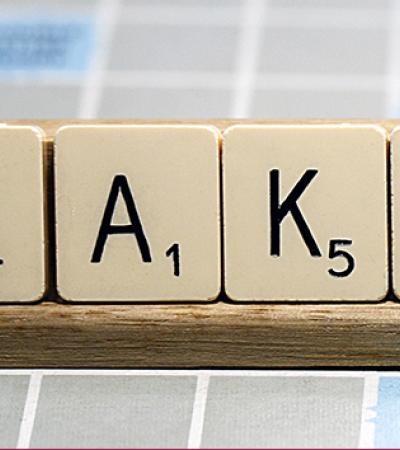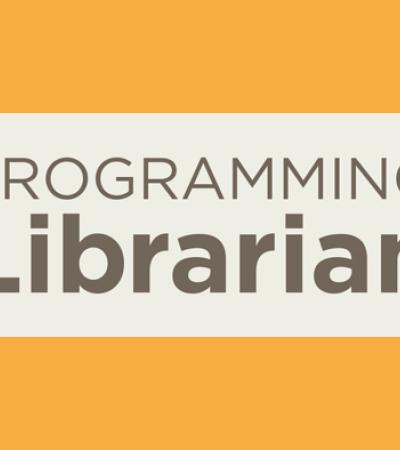In fall 2017, ALA and the Center for News Literacy (CNL) at Stony Brook University embarked on Media Literacy at Your Library, a prototype project that sought to address the critical need in the field for adult media literacy education, with a focus on news literacy.

Over the year that followed, the two organizations worked with teams from five U.S. public libraries to explore the effectiveness of media literacy resources and lead programs for adults in their communities. The goal of the project was to develop media literacy training and complementary resources designed to prepare public library professionals to educate their adult patrons to be informed media consumers.
ALA has recently released a Learning and Prototyping Report detailing the activities and findings of Media Literacy at Your Library.
Download the Media Literacy at Your Library Learning and Prototyping Report.
What have we learned? Through analysis of project data collected through surveys, weekly journaling and final reports from the participating libraries, ALA has reached the following findings:
- News consumers think they are better at media literacy than they actually are. There is a gap between patrons’ confidence in their media literacy skills and their actual media literacy skills — resulting in some people “opting-out” from programming or training that they may deem unnecessary. Future media literacy initiatives should work to address this discrepancy.
- The CNL curriculum was effective in training library workers in media literacy skills, both in person and online. Following the in-person training with CNL, cohort members felt more confident providing media literacy programming and resources for their communities; in fact, the cohort repurposed some of the resources and activities from the CNL curriculum for use in library programs with the public. Cohort members expressed interest in two types of virtual training: an online course that instructs library workers on media literacy skills so they may effectively lead outreach efforts in their communities, and a public-facing online course or suite of resources for use by library patrons.
- To avoid the perception of bias, balance is critical — within reason. Library news literacy programs featuring speakers with one viewpoint or from only one media outlet may be perceived as biased. In communities with multiple media outlets, the perception of bias can be avoided by including a wide spectrum of perspectives. In communities with fewer or single media outlets, balance can be more challenging.
- Young and marginalized audiences are the most difficult to reach. As with other library programs, Media Literacy at Your Library cohort sites had the most difficulty reaching younger and disenfranchised adult audiences with their media literacy programming. Future efforts may consider branching media literacy programming and services into community spaces that are more accessible to better reach these audiences.
- Working with a team is invaluable. While the CNL curriculum was effective, Media Literacy at Your Library cohort members widely noted that peer learning and networking was vital to supporting community media literacy goals. Library workers who wish to lead media literacy programming in their communities are encouraged to create peer working groups of library staff and partner organizations
Download the full report to learn more about the project's findings and activities.
Media Literacy at Your Library was a project of ALA in collaboration with the Center for News Literacy at Stony Brook University, supported by the John S. and James L. Knight Foundation, the Democracy Fund, and the Rita Allen Foundation as part of the Knight Prototype Fund.



